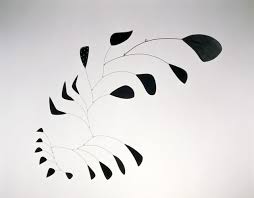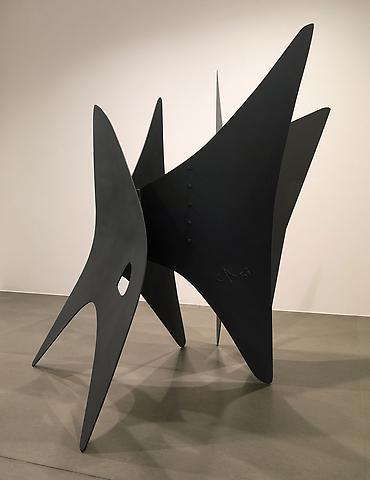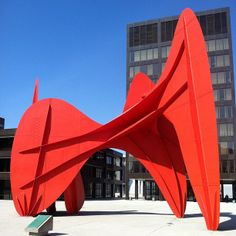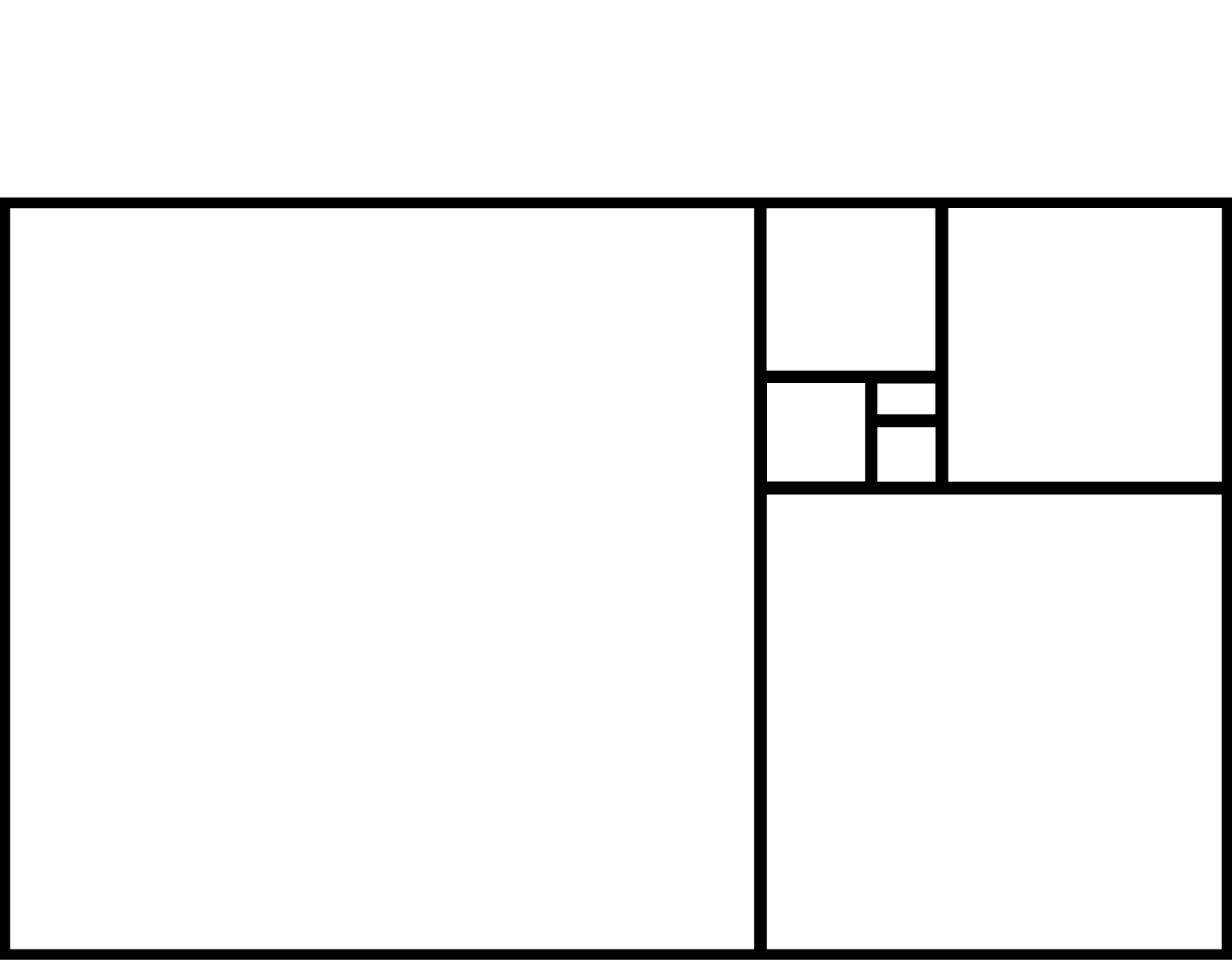Kim Smith
Computer-Controlled Cutting
Press Fit Sculpture Kit

For this assignment, to create a press fit construction kit, I first started with a geometric design for pieces that could fit together in a variety of ways to make a structure. I soon felt terribly bored and frustrated by this, trying to work out the geometry and math of it all, but stuck with it knowing that my computer-aided design skills could use some work and I got a lot of practice in laying the pieces out. I worked in Illustrator, after having difficulty trying to access other software on my computer. I am comfortable with Illustrator which really helped me move quickly; however, I soon felt the need for parametric design tools.
This was good practice getting comfortable with the laser cutter and working back and forth from the cutting and the designing, as I had to keep tweaking my settings and measurements. At first, my measurements were all wrong and some where along the way I must have really screwed up conversions, so that was frustrating. But the second time around it was all right and I made some additional alterations to the original design, such as the chamfers, which did not carry over from my original Illustrator design for some reason. I experimented with the material for a while so that I figured out the appropriate cut size for the right tolerance of the cardboard as well as the settings for the laser cutter. I found that I had to slow the speed down to 2% in order to get a clean cut through the cardboard. I also struggled endlessly with the pieces warping and taping down the surface.
Process
I used the GCC Spirit machine, which has a bit less power than the Epilog, but not as crowded.
Settings:
- Speed: 2.5 (3 was a little too fast to cut all the way through)
- Power: 100%
- Also had trouble with the board being uneven/warped and used tape to secure it. This wasn't the best solution as one time the board popped up and shifted I had to scrap it all. Best to use flat material
Inspiration
During my initial attempts at the laser cutter, I noticed all the remnants from other students' designs, laying around or in the trash. I think that the negative shapes are extremely beautiful and have a lot of potential. I like the pieces that are left behind. So I decided to create a design that made use of one entire piece, without any remnants, so that all the individual pieces were positive pieces and there would be no unused negative shapes.
I was also inspired by the sculpture of Alexander Calder, some of which are composed of flat organic shapes. I decided to create a sort of sculpture assembly kit, loosely inpired by the organic forms of Calder's sculptures, that could be assembled in all sorts of ways.



I designed the piece in Illustrator, with one continuous line on one piece of cardboard. In the end, I decided to create the sloped edges for better assembly, so those small pieces became remnants. Cutting was easy since I had already done all the tedious work of figuring out settings and measurements. The result is a set of unique shapes, both organic and geometric.
Vinyl Cutting
Vinyl stickers of the golden ratio.

Design Files
Shapes AIShapes dxf
Golden Ratio PNG
Golden Ration DXF